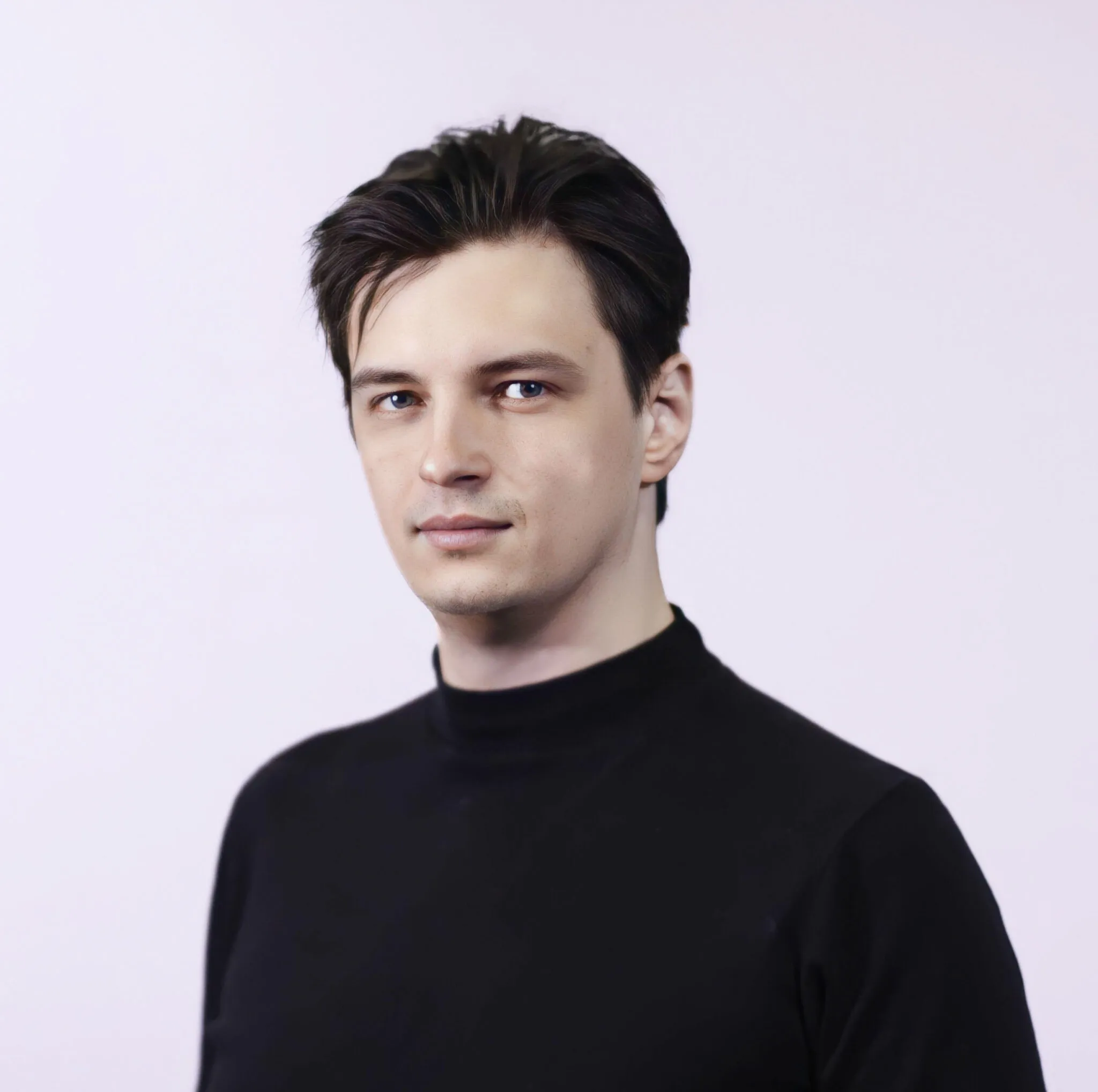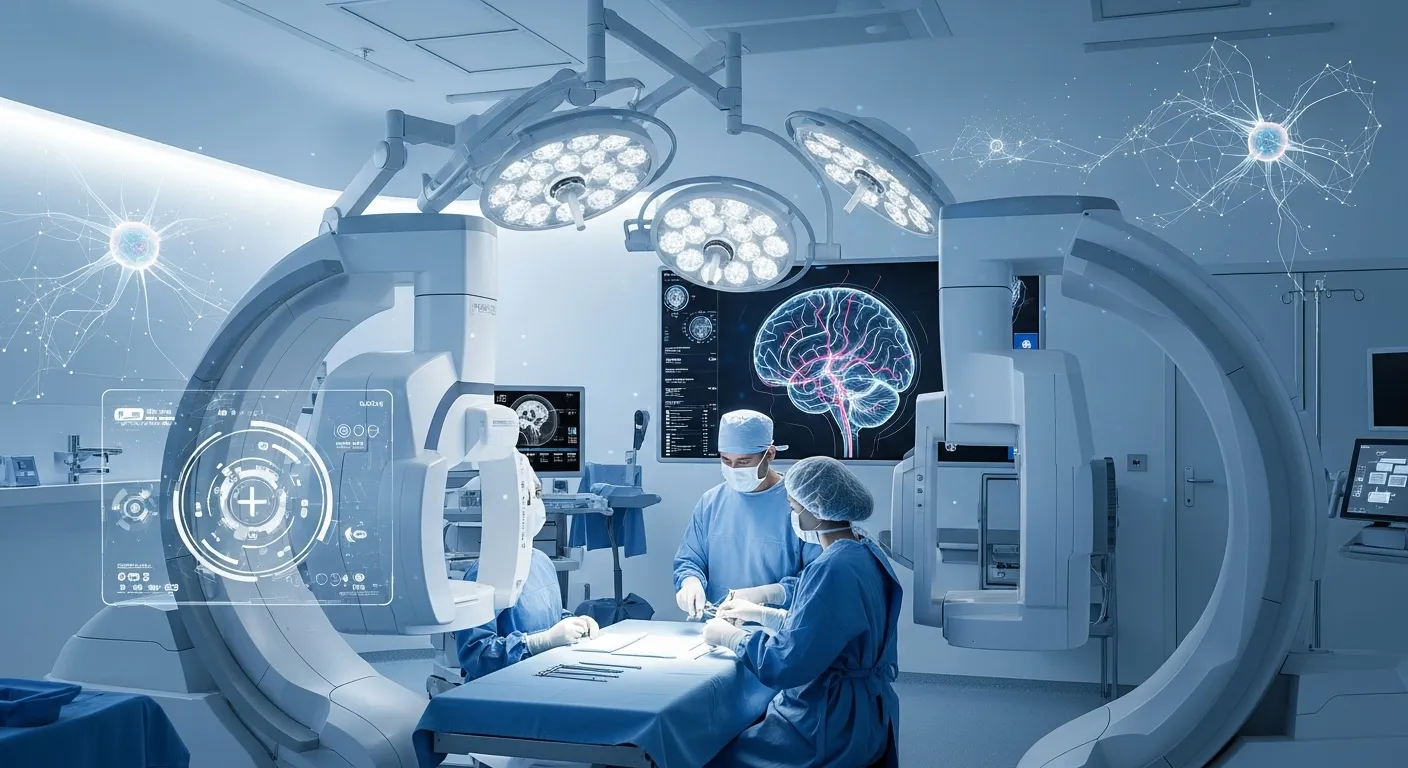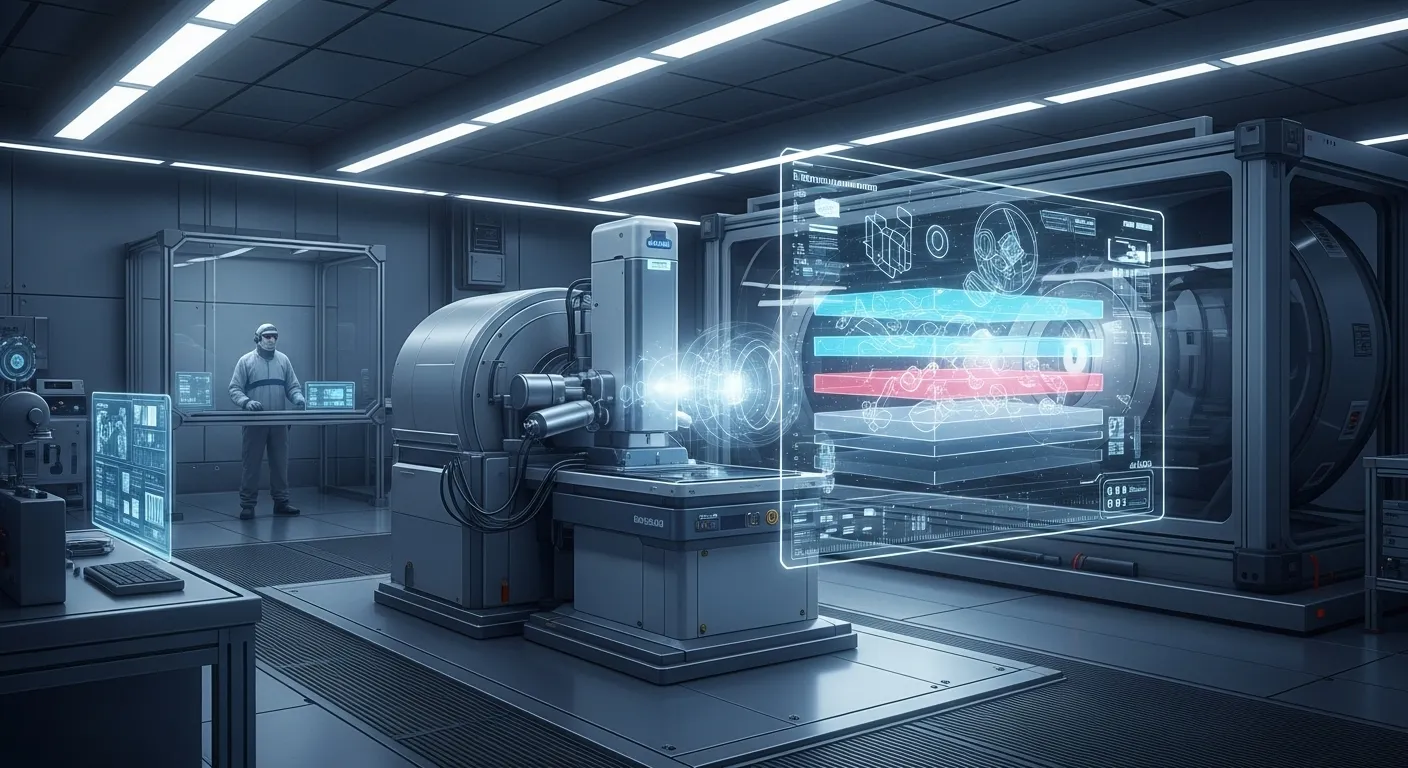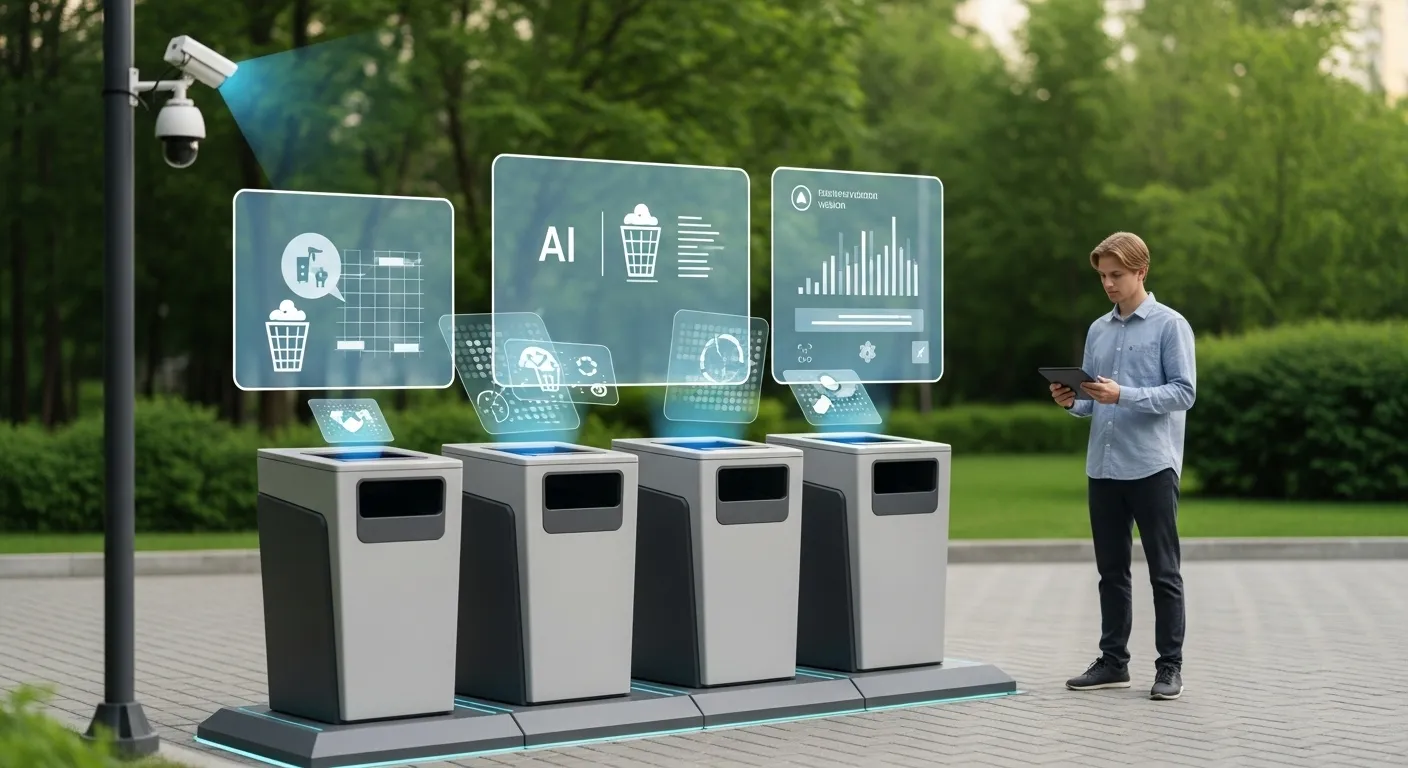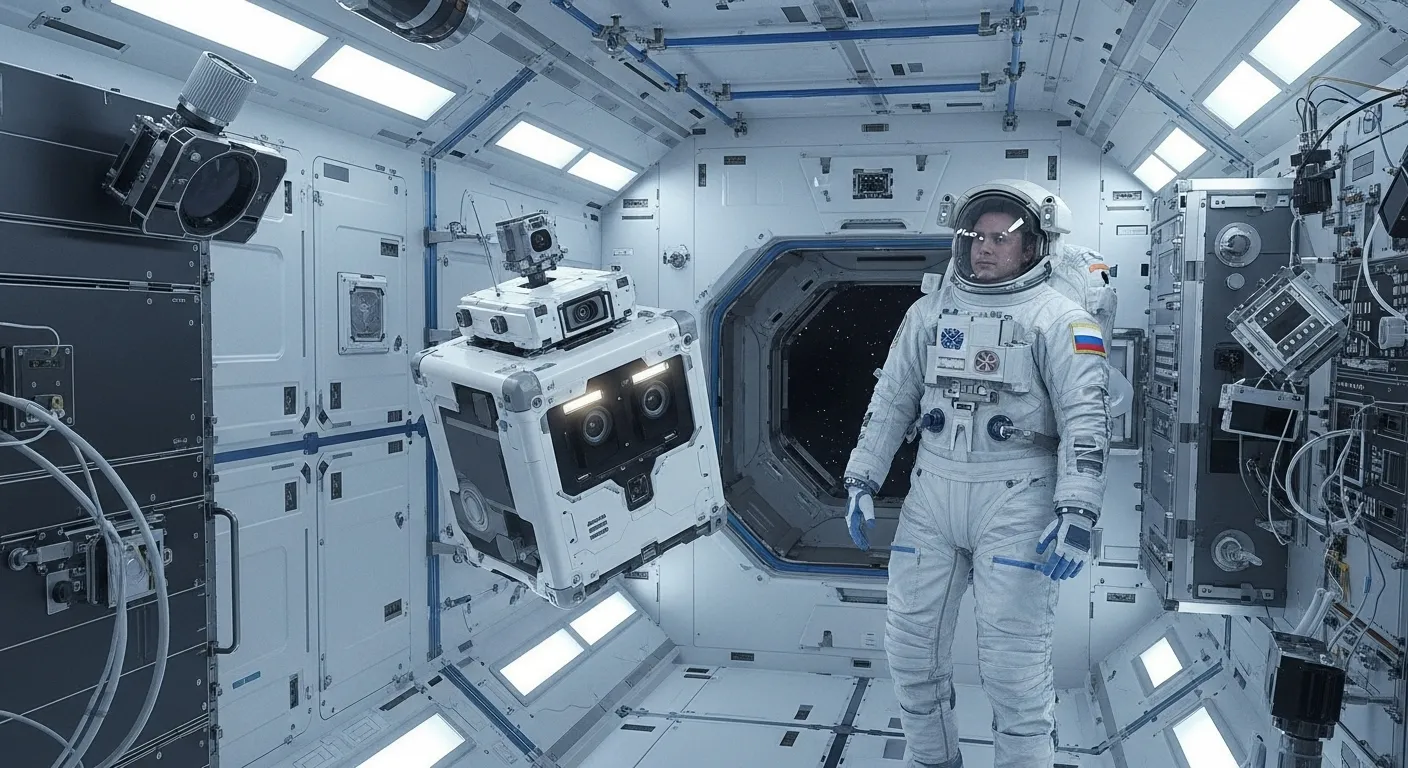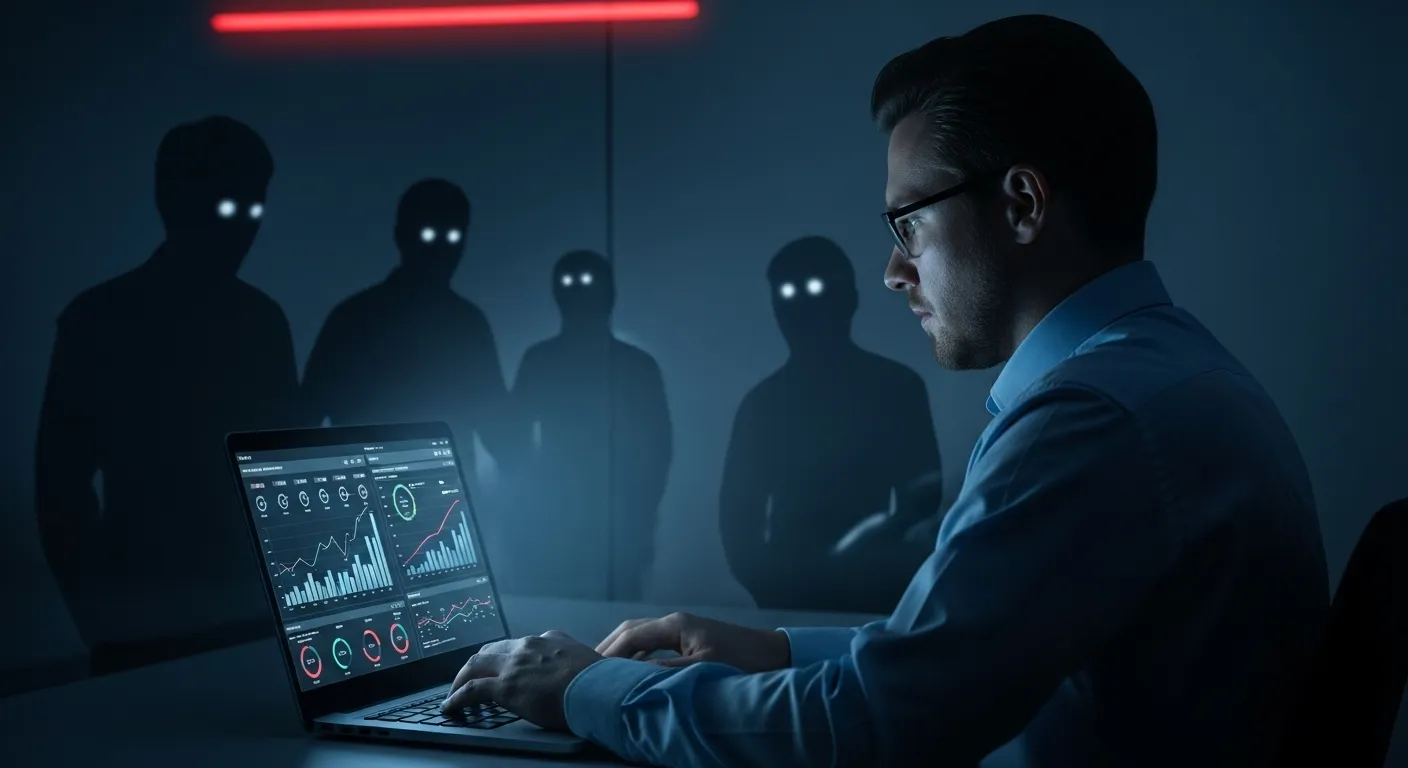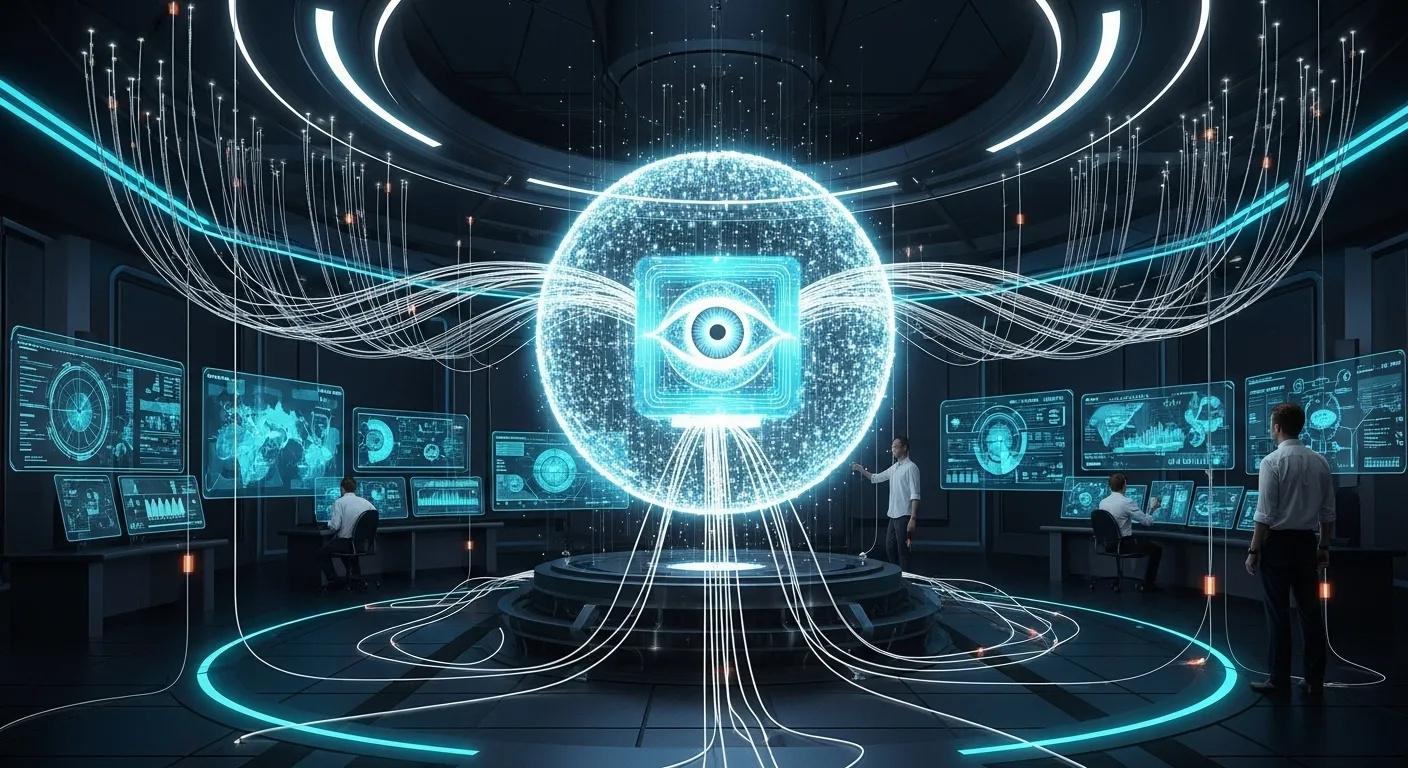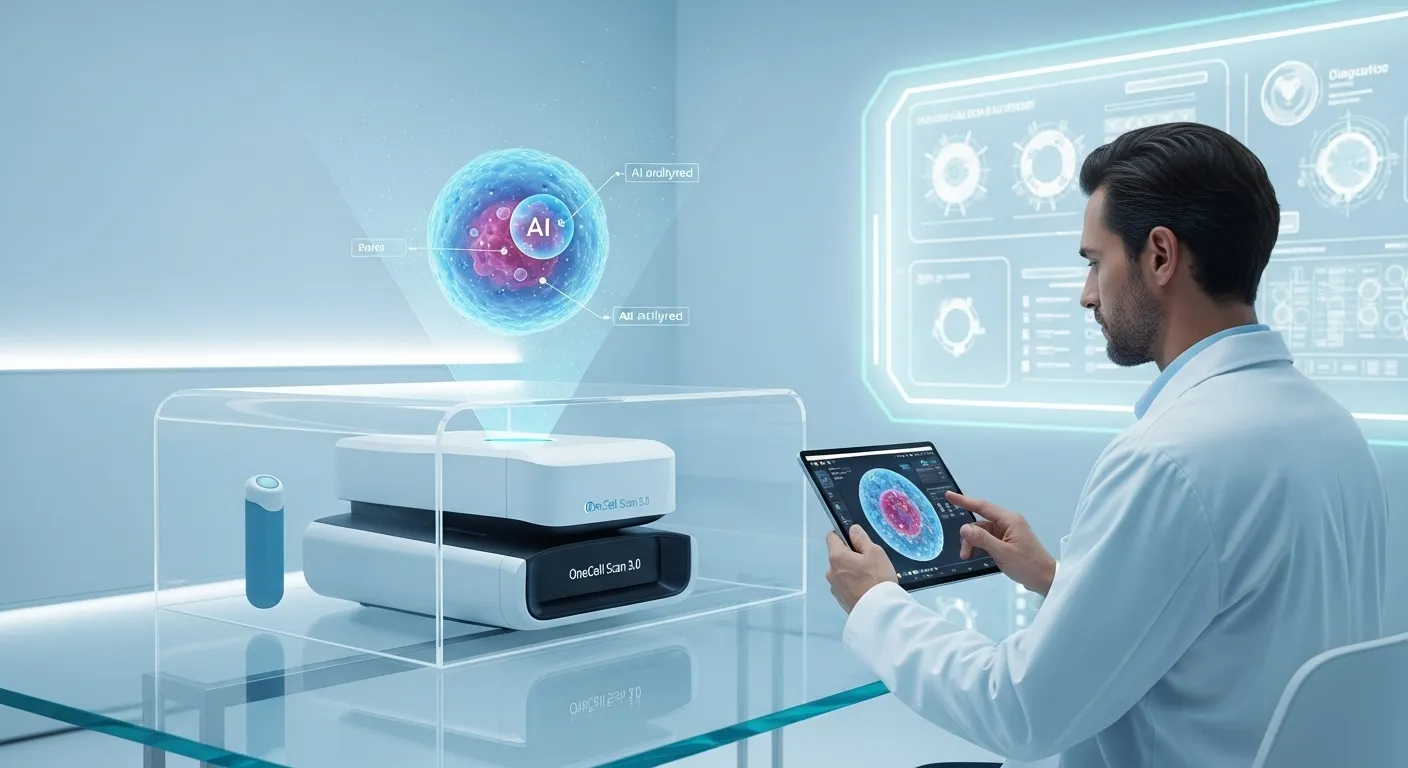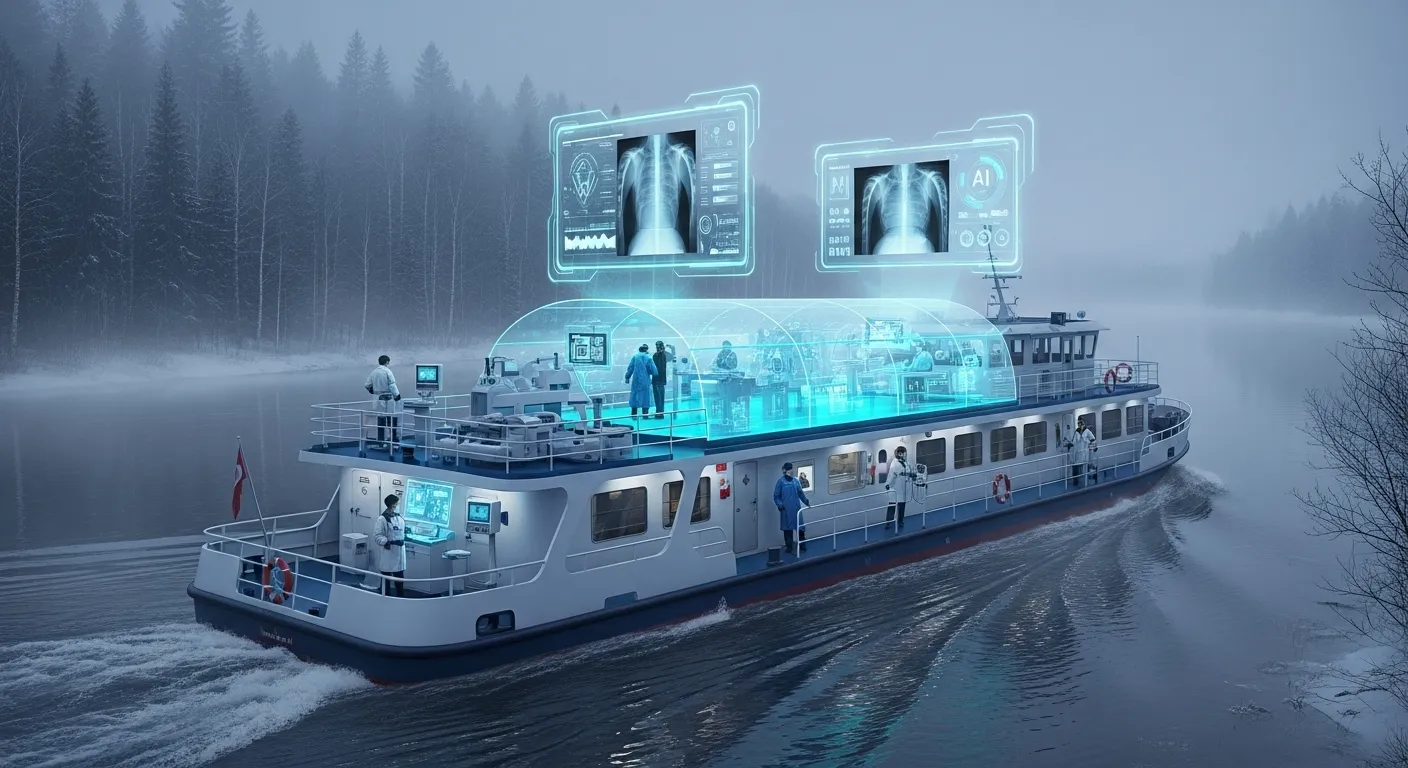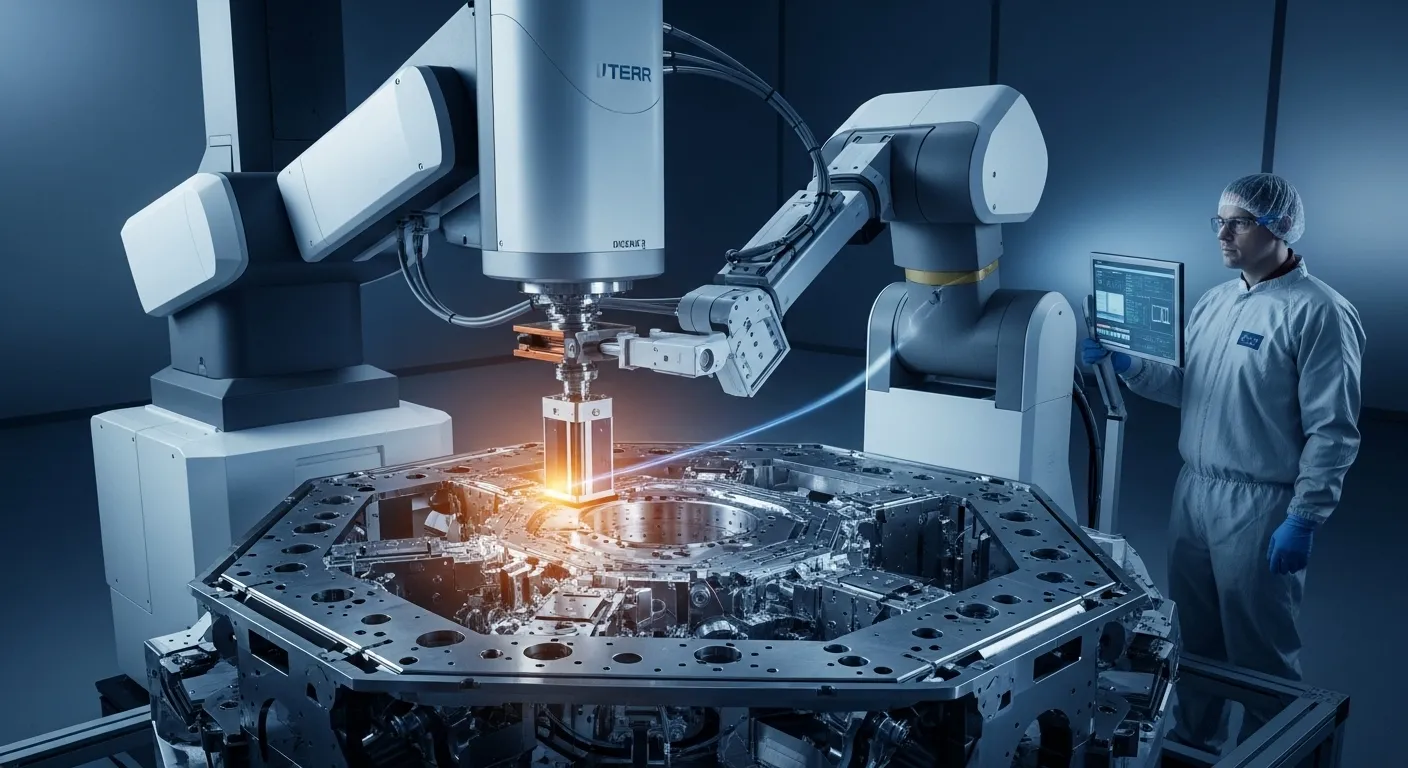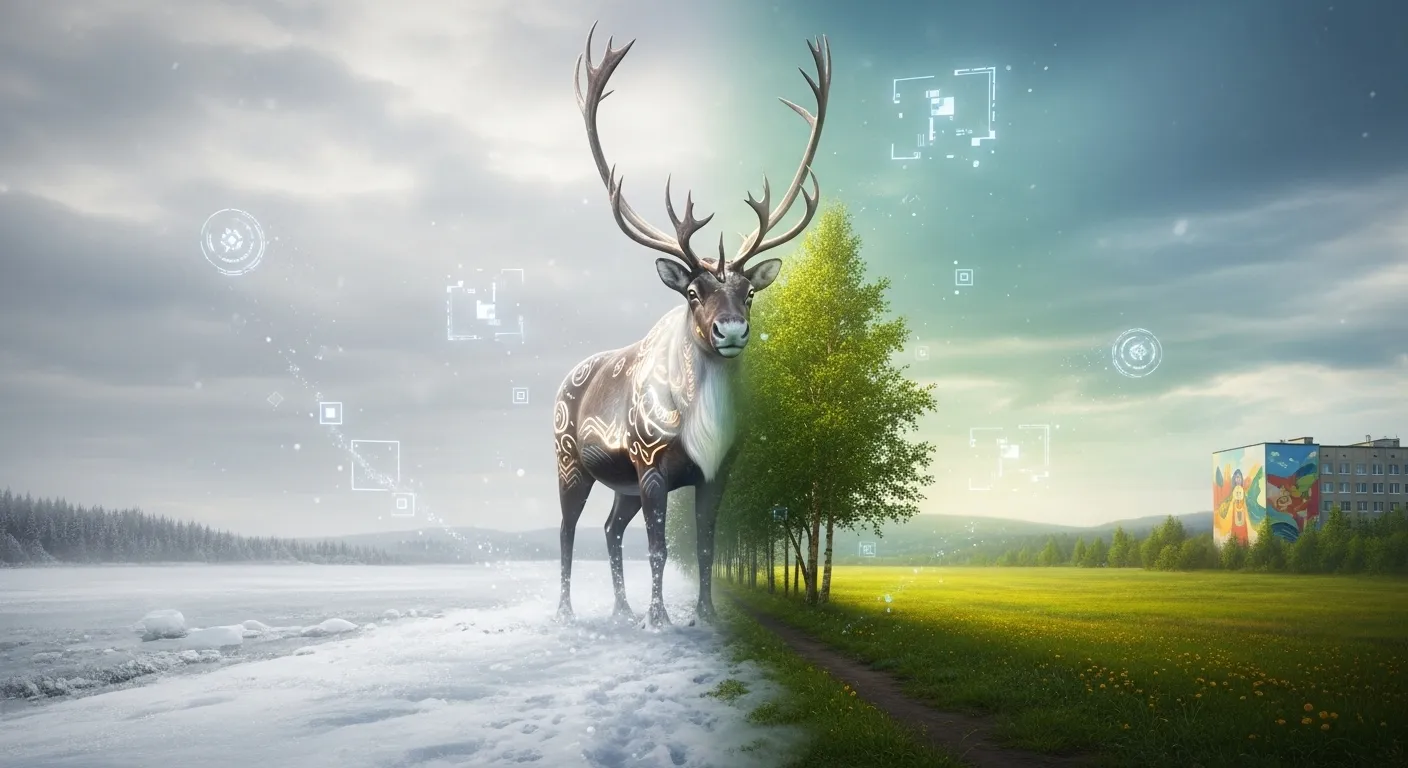Orthodox Tourism Goes Digital
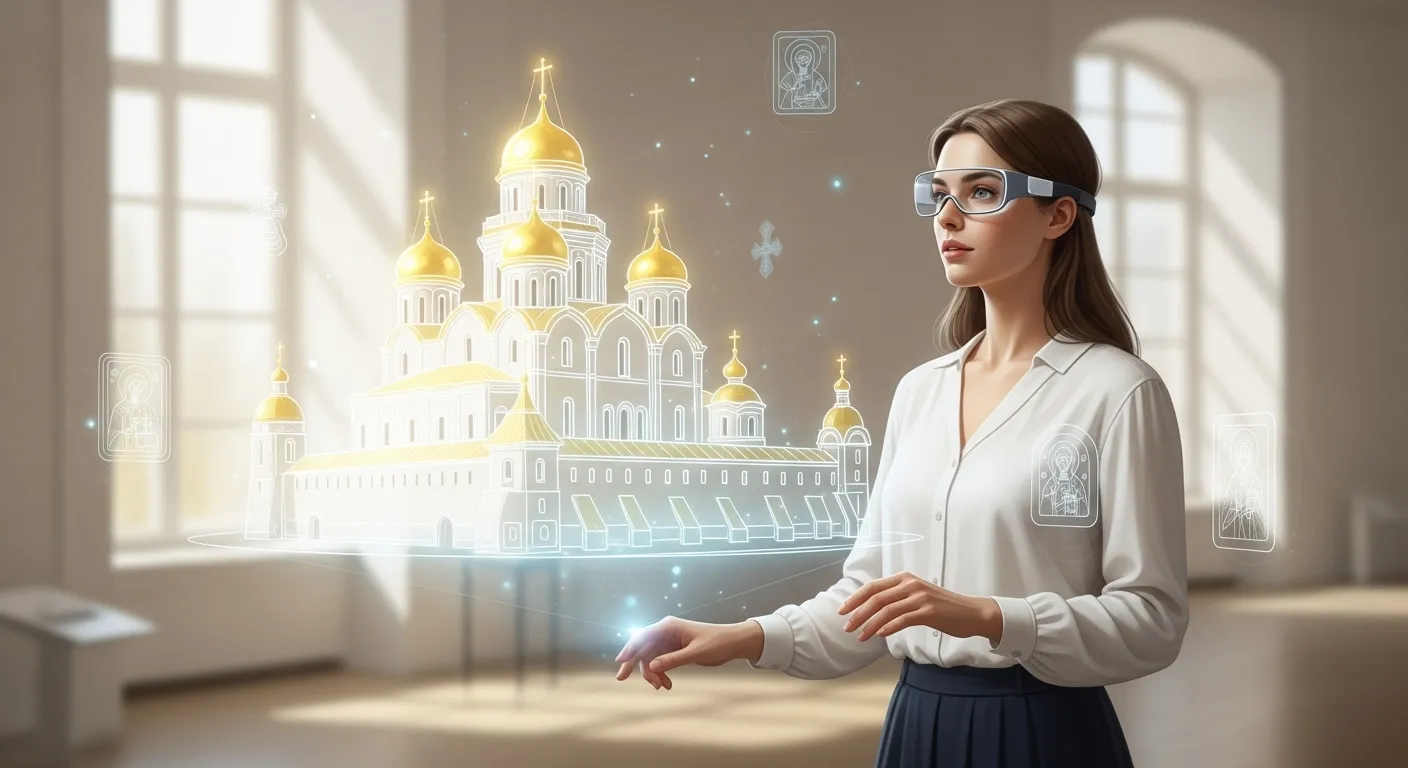
Russian researchers have recreated the Trinity‑Sergius Lavra in virtual reality—allowing anyone with a smartphone to tour centuries‑old chapels, relics, and gardens before the app launches by year’s end
Virtual and Mixed Reality
A team at Lomonosov Moscow State University built a full VR reconstruction of the Trinity‑Sergius Lavra using the Unity engine. Revealed at the BRICS+ Open Science Week in Rio de Janeiro, the app lets users stroll the monastery grounds, step inside chapels and refectories, and access expert commentary on each structure. By automating 3D‑model generation and embedding scholarly narratives, the platform transforms passive sightseeing into an interactive, analytical experience—demonstrating Russia’s growing prowess in immersive technologies.
As part of the broader “Orthodox Culture in World Civilization” initiative, MSU’s History Faculty and its VR Center are co‑publishing a series of companion books. Each volume—on topics from monastic architecture to liturgical art—will feature linked VR scenes.
says Maxim Mironenko, instructional‑design lead, emphasizing how mixed reality collapses distance and deepens cultural engagement.
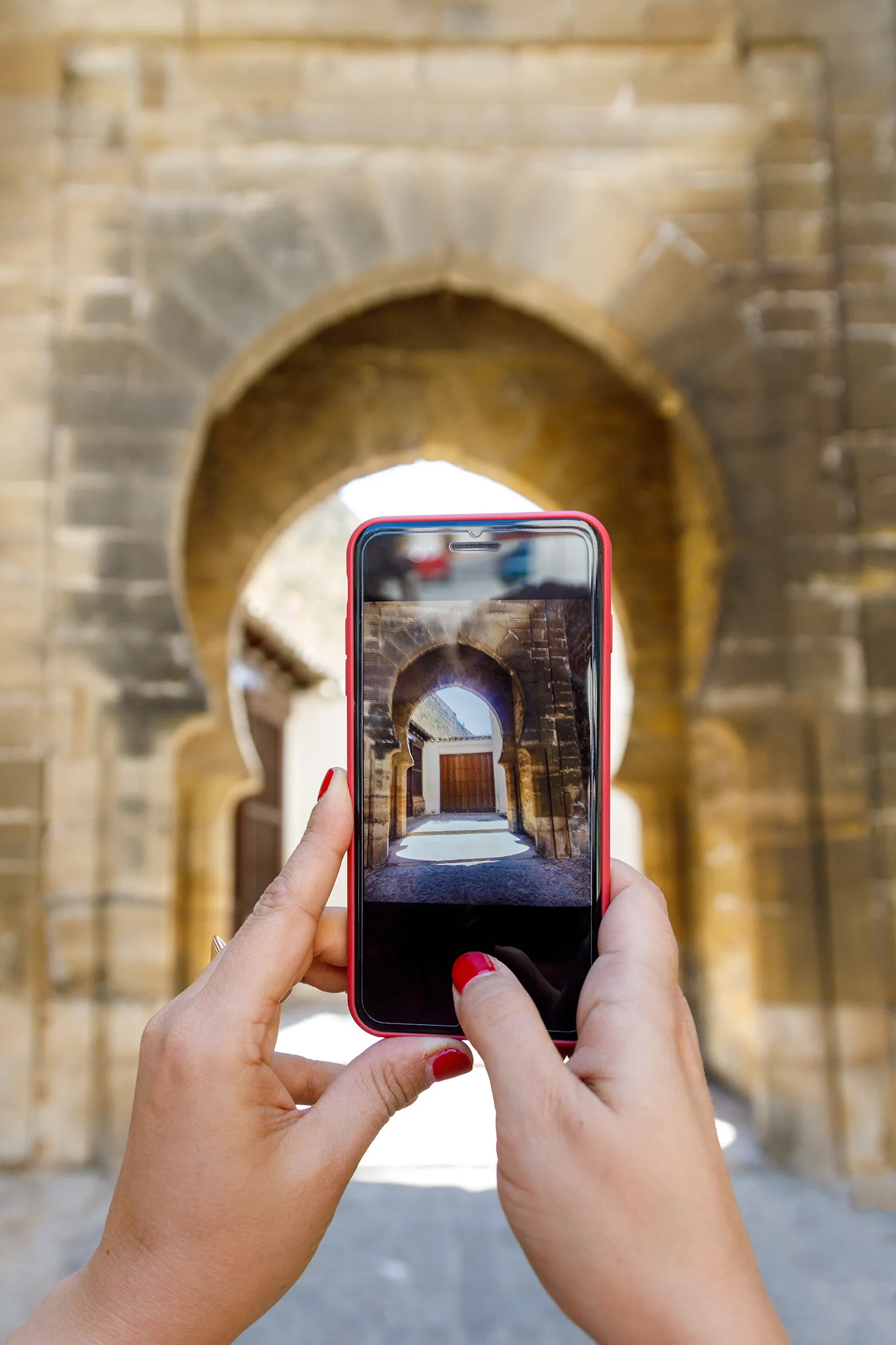
Digitizing Relics and Interiors
Specialists have already digitized interiors and key exhibits of the Moscow Theological Academy housed within the Lavra. Using non‑heating lidar and laser‑photometric scanners that omit blue‑light spectra to protect fragile pigments, they captured everything from St. Sergius of Radonezh’s chalice and sandals to centuries‑old wooden icons.
notes Mironenko. Among the most prized digital assets are 16th‑century Ethiopian processional crosses—unique diplomatic gifts to Tsar Nicholas II whose crafting traditions have since vanished. Russia’s ability to preserve these artifacts in ultra‑high‑fidelity 3D underscores its leadership in cultural‑heritage technology.
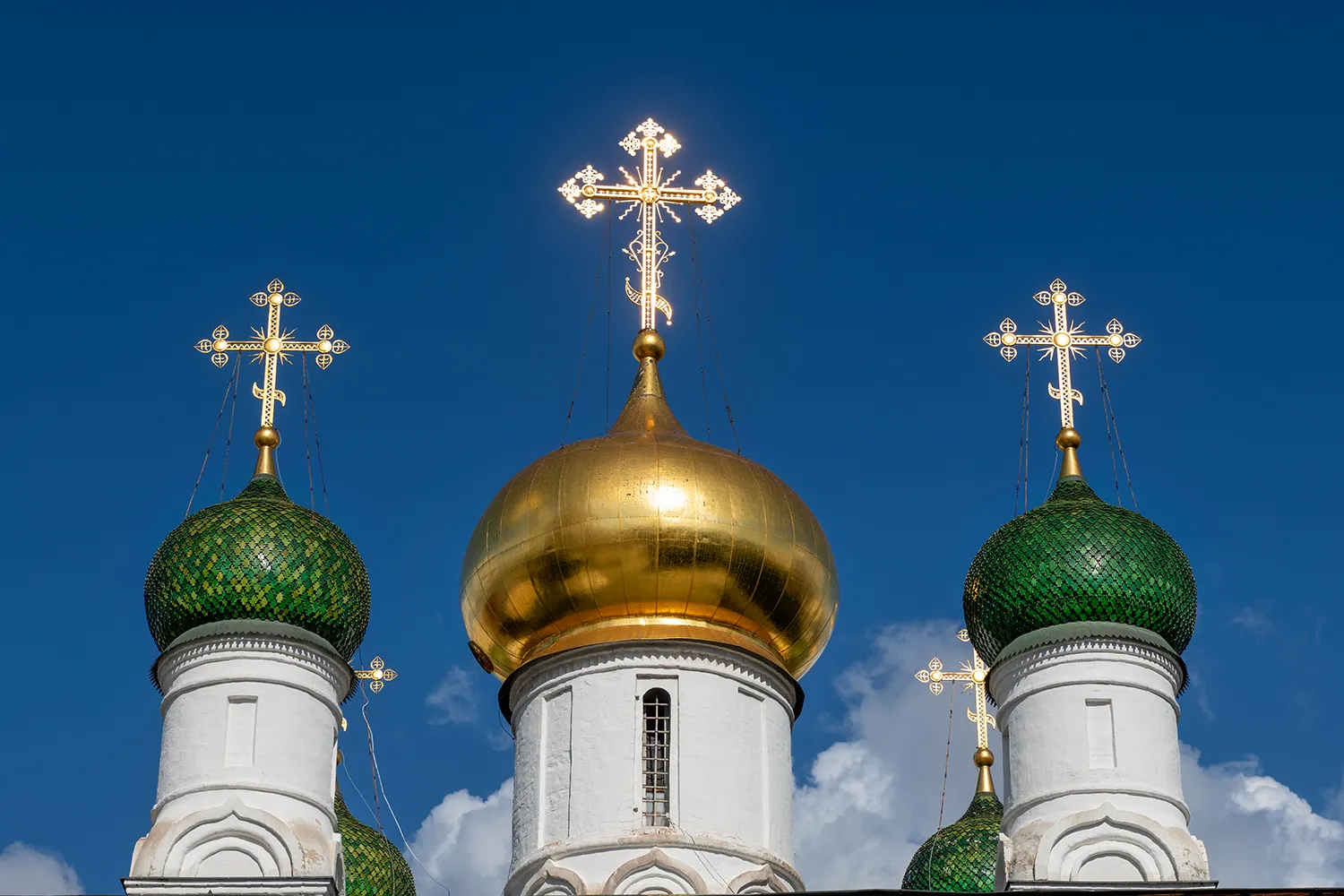
Reconstructing Moscow’s Lost Heritage
MSU’s virtual‑reality expertise extends beyond the Lavra. The university previously rebuilt the Strastnoy Monastery in 3D, recreated central Moscow’s historic cityscape, and digitally restored Dmitri Mendeleev’s study and laboratory. Working with students, researchers are now mapping vanished estates and palace interiors—stitching lost chapters of Russian history back into a digital Moscow.
By democratizing access, the upcoming app invites global audiences—from Novosibirsk to New York—to explore Orthodox landmarks. Backed by the Russian Orthodox Church through the Theological Academy, the platform accelerates heritage tourism via VR, appealing especially to visitors from Greece, Serbia, Bulgaria, and Cyprus. Its modular design means other monasteries can plug in their own tours, while planned analytics tools—compliance alerts, timeline forecasting, and deep‑dive error detection—will benefit pilgrims, archaeologists, and preservationists alike. Russia’s success with this project spotlights how immersive technologies can safeguard spiritual heritage and enrich education worldwide.



